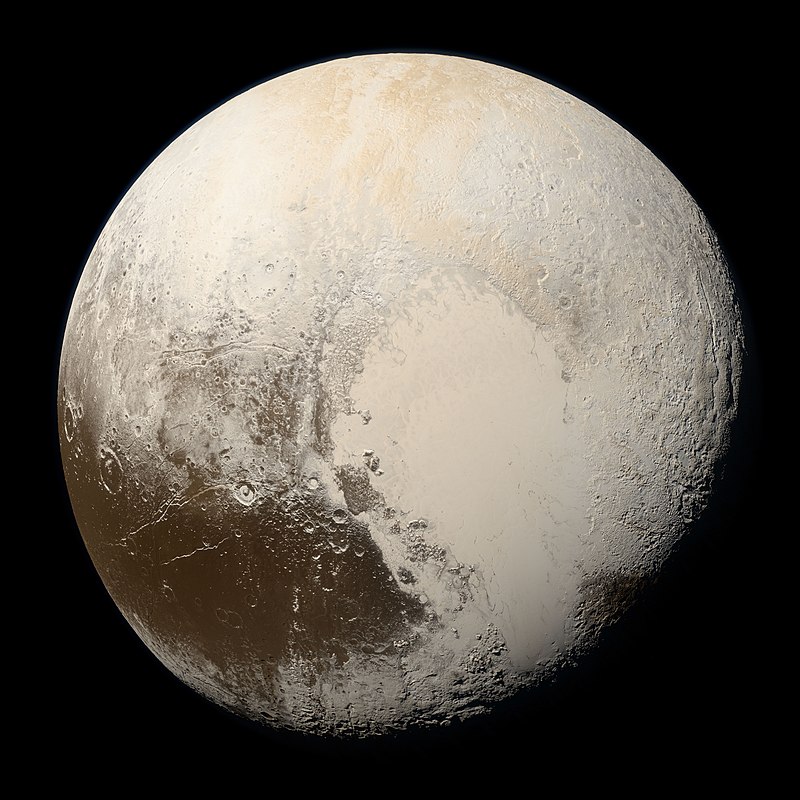On March 13, 1930, astronomer Clyde Tombaugh made a groundbreaking discovery at the Lowell Observatory in Flagstaff, Arizona: the tiny icy dwarf planet Pluto. Once considered the ninth planet, Pluto captured the imagination of astronomers and space enthusiasts alike. Though later reclassified as a dwarf planet, its discovery marked a significant milestone in space exploration.
The search for Pluto began years earlier, sparked by calculations from astronomer Percival Lowell. He believed that an unseen “Planet X” was influencing the orbits of Neptune and Uranus. Clyde Tombaugh carefully analyzed telescope images, comparing them over time, until he finally detected a moving celestial body—Pluto.
Initially classified as the ninth planet, Pluto remained in that position for over 75 years. However, in 2006, the International Astronomical Union (IAU) redefined what it means to be a planet, introducing three criteria for a celestial body to be considered a planet. Pluto did not meet one of these criteria, which led to its reclassification as a dwarf planet. Despite this change, Pluto remains one of the most intriguing objects in our solar system.
Fun Facts:
- Pluto was named by 11-year-old Venetia Burney, who suggested the name after the Roman god of the underworld.
- It is smaller than Earth’s Moon and has a highly elliptical orbit that sometimes brings it closer to the Sun than Neptune.
- In 2015, NASA’s New Horizons spacecraft made history by becoming the first to visit Pluto. The mission provided us with stunning images of its icy surface, significantly expanding our knowledge of this distant world and sparking new questions about the nature of our solar system.
- Pluto has five moons, with Charon being the largest—so big that Pluto and Charon orbit each other like a double planet system.
- Though no longer classified as a planet, Pluto continues to capture the imagination of astronomers and space lovers worldwide.

